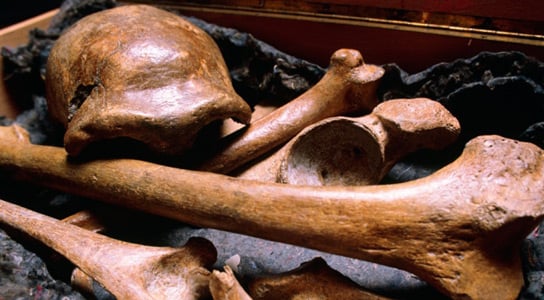
Tighter carbon dates for the remains of Neanderthals could help explain why they became extinct. Credit: J. Reader/SPL
Climate records from a Japanese lake will improve the accuracy of dating techniques, which will probably help shed light on some mysteries such as the extinction of the Neanderthals as well as paradoxes that have arisen due to dating.
The scientists published their findings in the journal Science. Carbon dating is used to date any organic material and hinges on the steady decay ratio of carbon-14, a radioactive element. Organisms capture a certain amount of carbon-14 from the atmosphere. By measuring the ratio of the radio isotope to non-radioactive carbon, the amount of carbon-14 can be worked out and give an age for specimens.
This assumes that the amount of carbon-14 in the atmosphere is constant. Any variation in this would speed up or slow down the clock. The clock was initially calibrated using the age of certain Egyptian mummies and bread from Pompeii. Scientists eventually realized that there would be variations. Various geologic, atmospheric and solar processes can influence the amount of atmospheric carbon-14.
Since the 1960s, scientists have started accounting for the variations by calibrating the clock against the known ages of tree rings. The problem with tree rings is that they only go back as far as 14,000 years. Marine records have been used to push back further, but they are less robust since the concentration of carbon-14 in the oceans isn’t identical to the carbon-14 in the atmosphere.
Bronk Ramsey and his team tried to fill this gap using the sediment of Lake Suigetsu, west of Tokyo. Two distinct sediment layers have formed in the lake every summer and winter over thousands of years. They collected roughly 70-meter (230-foot) core samples from the lake and counted the layers to come up with a direct record stretching back as far as 52,000 years. The cores samples yielded 651 carbon dates which were compared to the calendar dates the sediment was found in.
The new calibrations will narrow the window of key events in human history. By examining archaeological sites dated at 30,000 or 40,000 years ago, the age might shift by a few hundred years, giving scientists a more accurate clock to yield better dates for the overlap of humans and Neanderthals. This could help determine whether the extinction of the Neanderthals was caused by climate change or by direct competition with modern humans.
Reference: “A Complete Terrestrial Radiocarbon Record for 11.2 to 52.8 kyr B.P.” by Christopher Bronk Ramsey, Richard A. Staff, Charlotte L. Bryant, Fiona Brock, Hiroyuki Kitagawa, Johannes van der Plicht, Gordon Schlolaut, Michael H. Marshall, Achim Brauer, Henry F. Lamb, Rebecca L. Payne, Pavel E. Tarasov, Tsuyoshi Haraguchi, Katsuya Gotanda, Hitoshi Yonenobu, Yusuke Yokoyama, Ryuji Tada and Takeshi Nakagawa, 19 October 2012, Science.
DOI: 10.1126/science.1226660

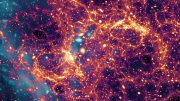
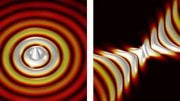
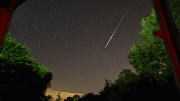


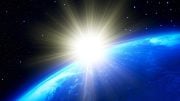
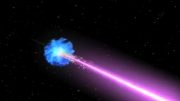
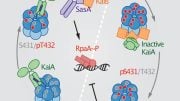
Be the first to comment on "Sediment Samples From Japanese Lake Extend Carbon Dating Timeline"